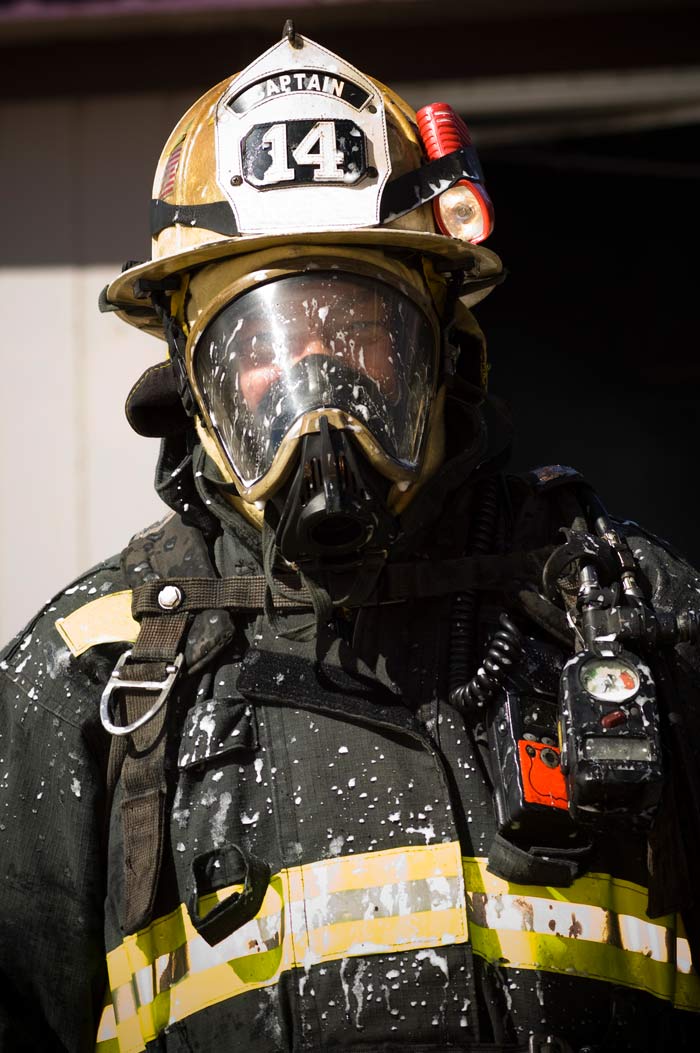Time is Limited - Act Now
Time is Limited
Act Now

FIREFIGHTING FOAM LINKED TO VARIOUS CANCERS
To Qualify for Potential Compensation:
- Civilian or Military Firefighter or Military Service Member
- Exposed to AFFF 5 times or more
- Do not have a lawyer already
Diagnosed With Any Of The Following Conditions Or Cancers:
- Ulcerative colitis
- Kidney cancer
- Liver cancer
- Thyroid disease
- Thyroid cancer
- Testicular cancer
Many Service men and women were exposed to AFFF in their roles in the Military.
These personnel are responsible for combating fires on ships and are frequently trained with, and potentially exposed to, firefighting foam.
These individuals are responsible for combating fires in aircraft incidents. The foam is widely used in these situations due to the high volume of flammable liquids present.
These teams are often the first on the scene in emergencies and may use firefighting foam to combat petroleum based fires.
The Navy regularly conducts firefighting training drills, exposing the involved personnel to firefighting foam.
Those who maintain firefighting equipment, including foam dispensing systems, may also be exposed to these substances.
They might be exposed to firefighting foam during emergency responses or routine testing of fire suppression systems.
In case of fires on aircrafts or in hangars, personnel involved in aviation might be exposed to firefighting foam, particularly if they are part of the emergency response team.
They may be exposed during emergencies, such as electrical fires, where firefighting foam might be used.
In engine rooms or boiler spaces where fuel related fires can occur, these positions might come into contact with firefighting foam during emergency responses.
These specialists may be involved in situations that require firefighting foam, mainly if a fire involves chemicals or hazardous substances.
As a general term for enlisted personnel, seamen may be exposed to firefighting foam during general shipboard firefighing drills or emergencies.

Firefighting Foam FAQ: Questions About Firefighting Foam
What is AFF?
Aqueous film-forming foam is a fire suppressant agent that cools fire and coats fuel to create a film between fuel and oxygen and prevent further combustion.
What is used to make AFFF?
Two compounds used for many years in the manufacturing of this agent called PFAS (per- and poly-fluoroalkyl substances) can be found in AFFF
What recent legal steps have been taken?
More than 950 pending claims were in multidistrict litigation in South Carolina federal court under MDL-2873 IN RE: Aqueous Film-Forming Foams Products Liability Litigation.
We believe all families with loved ones who developed a life-threatening diagnosis and those who suffered with them should receive justice and potential compensation for pain and suffering.
Those who qualify may request a free, private case evaluation by a personal injury attorney!
Find Out if You Qualify
Firefighting Foam Cases
Many Service men and women were exposed to AFFF in their roles in the Military.
These personnel are responsible for combating fires on ships and are frequently trained with, and potentially exposed to, firefighting foam.
These individuals are responsible for combating fires in aircraft incidents. The foam is widely used in these situations due to the high volume of flammable liquids present.
These teams are often the first on the scene in emergencies and may use firefighting foam to combat petroleum based fires.
The Navy regularly conducts firefighting training drills, exposing the involved personnel to firefighting foam.
Those who maintain firefighting equipment, including foam dispensing systems, may also be exposed to these substances.
They might be exposed to firefighting foam during emergency responses or routine testing of fire suppression systems.
In case of fires on aircrafts or in hangars, personnel involved in aviation might be exposed to firefighting foam, particularly if they are part of the emergency response team.
They may be exposed during emergencies, such as electrical fires, where firefighting foam might be used.
In engine rooms or boiler spaces where fuel related fires can occur, these positions might come into contact with firefighting foam during emergency responses.
These specialists may be involved in situations that require firefighting foam, mainly if a fire involves chemicals or hazardous substances.
As a general term for enlisted personnel, seamen may be exposed to firefighting foam during general shipboard firefighing drills or emergencies.

Firefighting Foam FAQ: Questions About Firefighting Foam
What is AFF?
Aqueous film-forming foam is a fire suppressant agent that cools fire and coats fuel to create a film between fuel and oxygen and prevent further combustion.
What is used to make AFFF?
Two compounds used for many years in the manufacturing of this agent called PFAS (per- and poly-fluoroalkyl substances) can be found in AFFF
What recent legal steps have been taken?
More than 950 pending claims were in multidistrict litigation in South Carolina federal court under MDL-2873 IN RE: Aqueous Film-Forming Foams Products Liability Litigation.
We believe all families with loved ones who developed a life-threatening diagnosis and those who suffered with them should receive justice and potential compensation for pain and suffering.
Those who qualify may request a free, private case evaluation by a personal injury attorney!
100% Free & Secure Case Evaluations
Answer a few basic questions to get started
We'll ask specific questions to understand the situation, the injuries, and other vital info to help determine the next steps.
Receive a confidential case evaluation
A qualified legal team led by a personal injury attorney will consider the facts of the case and the potential for compensation.
Have an individual claim filed for compensation
Those that qualify will have an individual claim filed in a court of law for the justice and compensation they deserve.
Don't suffer cancer diagnoses in silence any longer-we fight for justice!
Victims of AFFF firefighting foams-and the families who suffer with them-should have every opportunity to address the manufacturers and get the compensation and justice they deserve.
